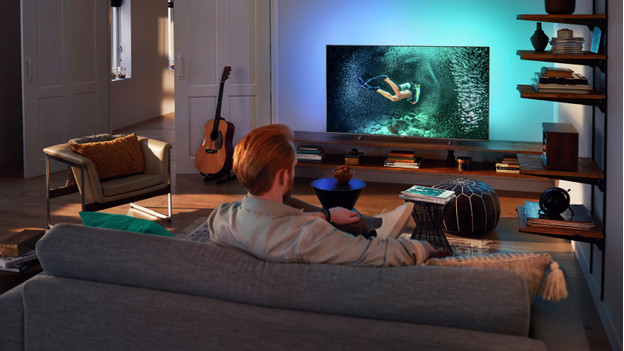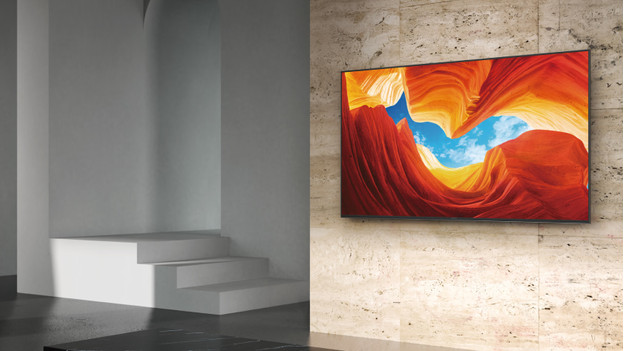How do RGB, RGBW, and WRGB pixels differ
RGB

A TV screen is actually a grid that's made up of a fixed number of pixels per resolution. A 4K screen is 3,840 pixels high and 2,160 pixel wide, for example. In total, this numbers of 8 million pixels. An RGB television fills this grid with rows that consist of 3 pixel colors: red, green, and blue. These rows are repeated until the entire screen is filled. Because each pixel produces a color, the color representation is sharp and realistic.
RGBW

With a RGBW screen, each row of 3 colored pixels is alternated with a white pixel. This means that 25% of the screen is made up of color, but of white light. If you exclude all of these white pixels, the television actually has a resolution of 2,880 by 2,160 pixels. This results in a less realistic color representation and less sharp screen, compared to an RGB television.
WRGB

An OLED screen has its own pixel structure, which is called WRGB. This doesn't have rows with various pixels like RGBW does, but every pixel is the same. These pixels can produce colored and white light individually. That's because each pixel consists of red, green, blue, and white subpixels that are stacked. Thanks to a filter, it only lets through the desired colors. This technology ensures an extra accurate color representation. The disadvantage of this technology is that the colors become a bit dull with a high brightness.
Since 2022, the latest Sony QD OLED televisions have RGB. When the brightness is increased by the white pixel, the colors become duller. The QD OLED technology increases the brightness without the white pixel, so it only uses the colored pixels. As a result, the colors don't become dull and the color representation remains lifelike.


